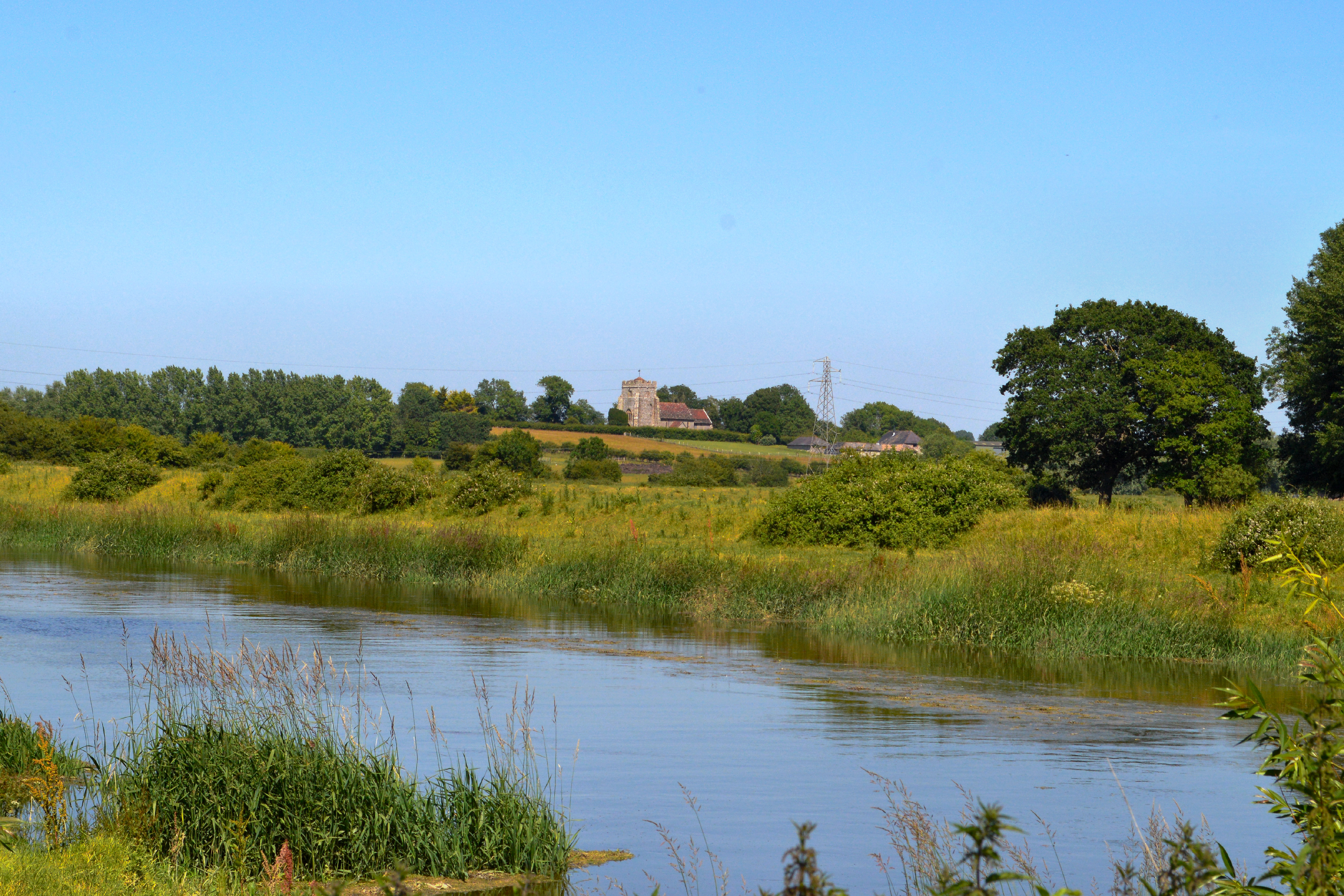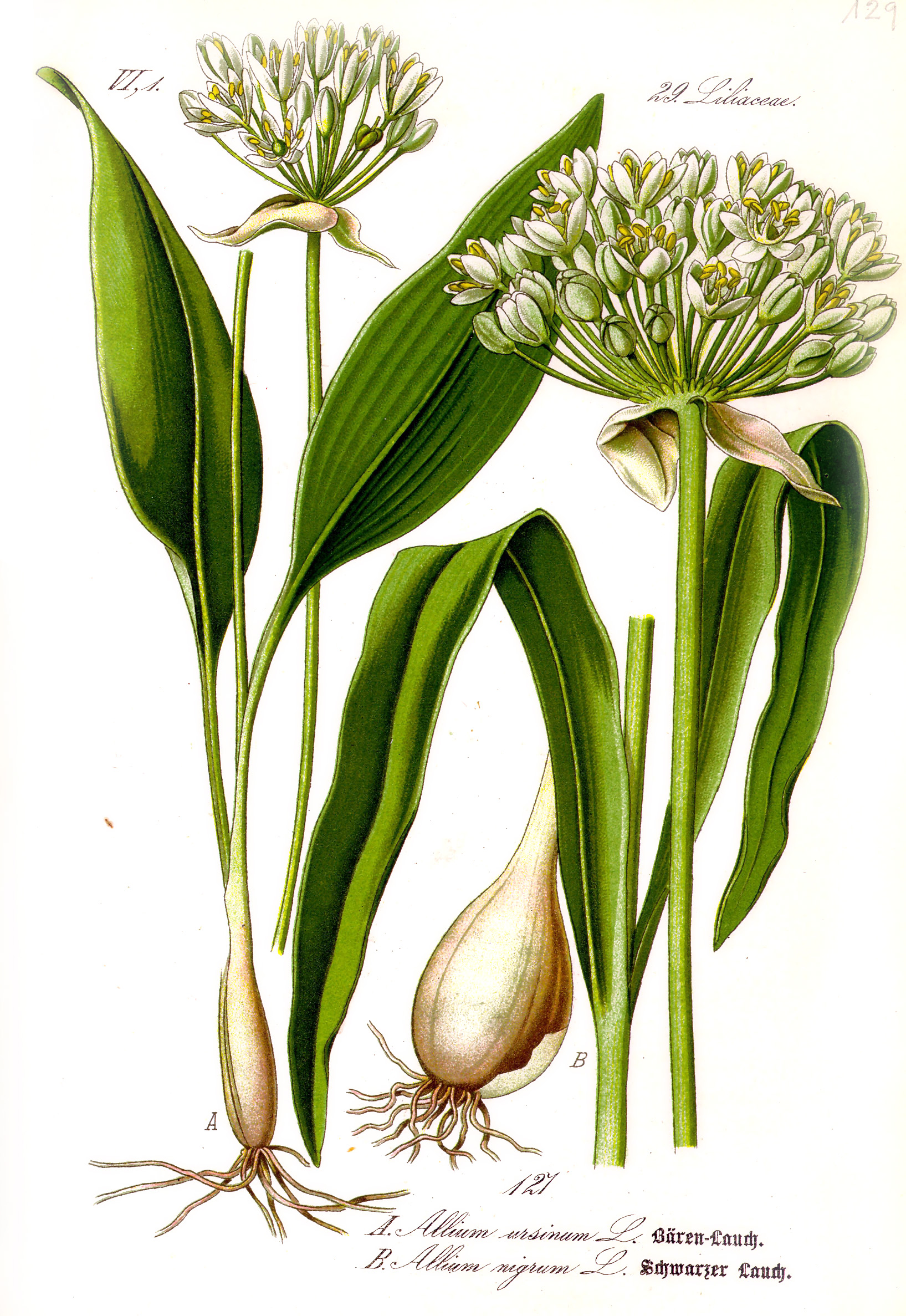|
St John Without
St John Without is a small civil parish in the Lewes District of East Sussex, England, covering an area to the north-west of the town of Lewes. Much like its sister parish, St Ann Without, the parish was formed in 1894 as Lewes St John Without from the part of the ancient parish of Lewes St John outside (that is, 'without', as opposed to 'within') the borough of Lewes. From 1894 to 1974 it was in the rural district of Chailey. The shape of the parish, like many of the parishes north of the Sussex Downs in this area is long and thin (see link to the parish map in the External links section below). The parish includes the small hamlet of Chiltington and a few dispersed farms and houses along Allington Road to the foot of the South Downs. Landmarks Clayton to Offham Escarpment is a Site of Special Scientific Interest, which stretches from Hassocks in the west and passes through many parishes including St John Without, to Lewes in the east. The site is of biological importance du ... [...More Info...] [...Related Items...] OR: [Wikipedia] [Google] [Baidu] |
Lewes (UK Parliament Constituency)
Lewes is a constituency in East Sussex represented in the House of Commons of the UK Parliament since 2015 by Maria Caulfield, a Conservative. Constituency profile The constituency is centred on the town of Lewes. However, the constituency also covers most of the Lewes district, including the coastal towns of Seaford and Newhaven, which are rural and semi-rural and all in outer parts of the London Commuter Belt, though with a high number of people who have retired from across the country. The constituency excludes Peacehaven and Telscombe which since 1997 have been in Brighton, Kemptown, and includes part of neighbouring Wealden District. Electoral Calculus categorises the constituency as "Centrist", indicating average levels of education and wealth and moderate support for Brexit. Boundaries 1885–1918: The Borough of Brighton, the Sessional Divisions of Hove and Worthing, and parts of the Sessional Divisions of Lewes and Steyning. 1918–1950: The Borough of Lewes, th ... [...More Info...] [...Related Items...] OR: [Wikipedia] [Google] [Baidu] |
Hamsey
Hamsey is a civil parish in the Lewes District of East Sussex, England. The parish covers a large area () and consists of the villages of Hamsey, Offham and Cooksbridge. The main centres of population in the parish are now Offham and Cooksbridge. Around the main settlements are enlarged fields, isolated old cottages and farms. The winding and undulating parish lanes between banks, old hedge rows, trees, flowery verges and ditches are rightly popular with cyclists and give good views of the Downs. Hamsey (village) Hamsey village itself is located three miles (5 km) north of Lewes on the Prime Meridian. It lies just off the A275 road (Great Britain), A275 which runs between Lewes and Forest Row, although the road passes through Hamsey parish at Offham and Cooksbridge. The fine medieval ex-parish Church of Old St. Peter's (now a Chapel of Ease) sits on a promontory amongst the meadows of the River Ouse, Sussex, River Ouse. On the neck of the promontory, by the Hamsey Cut (pa ... [...More Info...] [...Related Items...] OR: [Wikipedia] [Google] [Baidu] |
Wild Service Tree
''Sorbus torminalis'', with common names wild service tree, chequers, and checker tree, is a species of tree in the mountain ash or rowan genus (''Sorbus'') of the rose family (Rosaceae), that is native to Europe, parts of northern Africa and western Asia. Description It is a medium-sized deciduous tree growing to tall, with a trunk up to in diameter. The bark is smooth and grayish, but flaky, peeling away in squarish plates to reveal darker brown layers. The leaves are long and broad with a petiole, dark green on both sides, with five to nine acute lobes; the basal pair of lobes are spreading, the rest more forward-pointing and decreasing in size to the leaf apex, and with finely toothed margins; the undersides have small hairs when young, but both sides are smooth and shiny when older; the autumn colour is yellow to red-brown. The flowers are in diameter, with five white petals and 20 creamy-white stamens; they are produced in corymbs diameter in late spring to early sum ... [...More Info...] [...Related Items...] OR: [Wikipedia] [Google] [Baidu] |
Wych Elm
''Ulmus glabra'' Hudson, the wych elm or Scots elm, has the widest range of the European elm species, from Ireland eastwards to the Urals, and from the Arctic Circle south to the mountains of the Peloponnese and Sicily, where the species reaches its southern limit in Europe; it is also found in Iran. A large deciduous tree, it is essentially a montane species, growing at elevations up to , preferring sites with moist soils and high humidity.Heybroek, H. M., Goudzwaard, L, Kaljee, H. (2009). ''Iep of olm, karakterboom van de Lage Landen'' (:Elm, a tree with character of the Low Countries). KNNV, Uitgeverij. The tree can form pure forests in Scandinavia and occurs as far north as latitude 67°N at Beiarn in Norway. It has been successfully introduced as far north as Tromsø, Norway and Alta, Norway (70°N). It has also been successfully introduced to Narsarsuaq, near the southern tip of Greenland ( 61°N). The tree was by far the most common elm in the north and west of the Britis ... [...More Info...] [...Related Items...] OR: [Wikipedia] [Google] [Baidu] |
Hornbeam
Hornbeams are hardwood trees in the flowering plant genus ''Carpinus'' in the birch family Betulaceae. The 30–40 species occur across much of the temperate regions of the Northern Hemisphere. Origin of names The common English name ''hornbeam'' derives from the hardness of the woods (likened to horn) and the Old English ''beam'' "tree" (cognate with Dutch ‘’Boom’’ and German ''Baum''). The American hornbeam is also occasionally known as blue-beech, ironwood, or musclewood, the first from the resemblance of the bark to that of the American beech ''Fagus grandifolia'', the other two from the hardness of the wood and the muscled appearance of the trunk and limbs. The botanical name for the genus, ''Carpinus'', is the original Latin name for the European species, although some etymologists derive it from the Celtic for a yoke. Taxonomy Formerly some taxonomists segregated them with the genera ''Corylus'' ( hazels) and ''Ostrya'' (hop-hornbeams) in a separate family, Coryl ... [...More Info...] [...Related Items...] OR: [Wikipedia] [Google] [Baidu] |
Butterfly Orchid
Butterfly orchid is a common name for several orchids and may refer to: * ''Psychopsis'', any species * ''Platanthera'', any species * ''Sarcochilus'', several species * ''Anacamptis papilionacea'' (formerly in ''Orchis'') * ''Encyclia tampensis'' * '' Epidendrum venosum'' * ''Habenaria psycodes'' * ''Platanthera chlorantha'' (the greater butterfly orchid of Europe) * ''Platanthera bifolia'' (the lesser butterfly orchid of Europe) * ''Polyrrhiza lindenii ''Dendrophylax lindenii'', the ghost orchid (a common name also used for ''Epipogium aphyllum'') is a perennial epiphyte from the orchid family (Orchidaceae). It is native to Florida, the Bahamas, and Cuba. Other common names include palm poll ...'' * '' Phalaenopsis aphrodite'' {{Plant common name ... [...More Info...] [...Related Items...] OR: [Wikipedia] [Google] [Baidu] |
Early Purple Orchid
''Orchis mascula'', the early-purple orchid, early spring orchis, is a species of flowering plant in the orchid family, Orchidaceae. Description ''Orchis mascula'' is a perennial herbaceous plant with stems up to high, green at the base and purple on the apex. The root system consists of two tubers, rounded or ellipsoid. The leaves, grouped at the base of the stem, are oblong-lanceolate, pale green, sometimes with brownish-purple speckles. The inflorescence is long and it is composed of 6 to 20 flowers gathered in dense cylindrical spikes. The flower size is about and the color varies from pinkish-purple to purple. The lateral sepals are ovate-lanceolate and erect, the median one, together with the petals, is smaller and cover the gynostegium. The labellum is three-lobed and convex, with crenulated margins and the basal part clearer and dotted with purple-brown spots. The spur is cylindrical or clavate, horizontal or ascending. The gynostegium is short, with reddish-green ... [...More Info...] [...Related Items...] OR: [Wikipedia] [Google] [Baidu] |
Gault Clay
The Gault Formation is a geological formation of stiff blue clay deposited in a calm, fairly deep-water marine environment during the Lower Cretaceous Period (Upper and Middle Albian). It is well exposed in the coastal cliffs at Copt Point in Folkestone, Kent, England, where it overlays the Lower Greensand formation, and underlies the Upper Greensand Formation. These represent different facies, with the sandier parts probably being deposited close to the shore and the clay in quieter water further from the source of sediment; both are believed to be shallow-water deposits. The etymology of the name is uncertain and probably of local origin. Distribution It is found in exposure on the south side of the North Downs and the north side of the South Downs. It is also to be found beneath the scarp of the Berkshire Downs, in the Vale of White Horse, in Oxfordshire, England, and on the Isle of Wight where it is known as Blue Slipper. Gault underlies the chalk beneath the Londo ... [...More Info...] [...Related Items...] OR: [Wikipedia] [Google] [Baidu] |
Lime Trees
''Tilia'' is a genus of about 30 species of trees or bushes, native throughout most of the temperate Northern Hemisphere. The tree is known as linden for the European species, and basswood for North American species. In Britain and Ireland they are commonly called lime trees, although they are not related to the citrus lime. The genus occurs in Europe and eastern North America, but the greatest species diversity is found in Asia. Under the Cronquist classification system, this genus was placed in the family Tiliaceae, but genetic research summarised by the Angiosperm Phylogeny Group has resulted in the incorporation of this genus, and of most of the previous family, into the Malvaceae. ''Tilia'' species are mostly large, deciduous trees, reaching typically tall, with oblique-cordate (heart-shaped) leaves across. As with elms, the exact number of species is uncertain, as many of the species can hybridise readily, both in the wild and in cultivation. They are hermaphroditic, h ... [...More Info...] [...Related Items...] OR: [Wikipedia] [Google] [Baidu] |
Stenostola Dubia
''Stenostola dubia'' is a species of beetle in the family Cerambycidae. It was described by Laicharting in 1784, originally under the genus ''Saperda''. It has a wide distribution throughout Europe. It feeds on ''Juglans regia'' and ''Corylus avellana ''Corylus avellana'', the common hazel, is a species of flowering plant in the birch family Betulaceae. It is native to Europe and western Asia. It is an important component of the hedgerows that were the traditional field boundaries in lowland En ...''.BioLib.cz - ''Stenostola'' Retrieved on 8 September 2014. ''S. dubia'' measures between . References Saperdini[...More Info...] [...Related Items...] OR: [Wikipedia] [Google] [Baidu] |
Ramsons
''Allium ursinum'', known as wild garlic, ramsons, cowleekes, cows's leek, cowleek, buckrams, broad-leaved garlic, wood garlic, bear leek, Eurasian wild garlic or bear's garlic, is a bulbous perennial flowering plant in the amaryllis family Amaryllidaceae. It is native to Europe and Asia, where it grows in moist woodland. It is a wild relative of onion and garlic, all belonging to the same genus, ''Allium''. There are two recognized subspecies: ''A. ursinum'' subsp. ''ursinum'' and ''A. ursinum'' subsp. ''ucrainicum''. Etymology The Latin specific name ''ursinum'' translates to 'bear' and refers to the supposed fondness of the brown bear for the bulbs; folk tales describe the bears consuming them after awakening from hibernation. Another theory is that the "''ursinum''" may refer to Ursa Major, as ''A. ursinum'' was perhaps one of the most northerly distributed ''Allium'' species known to the ancient Greeks, though this hypothesis is disputed. Common names for th ... [...More Info...] [...Related Items...] OR: [Wikipedia] [Google] [Baidu] |




